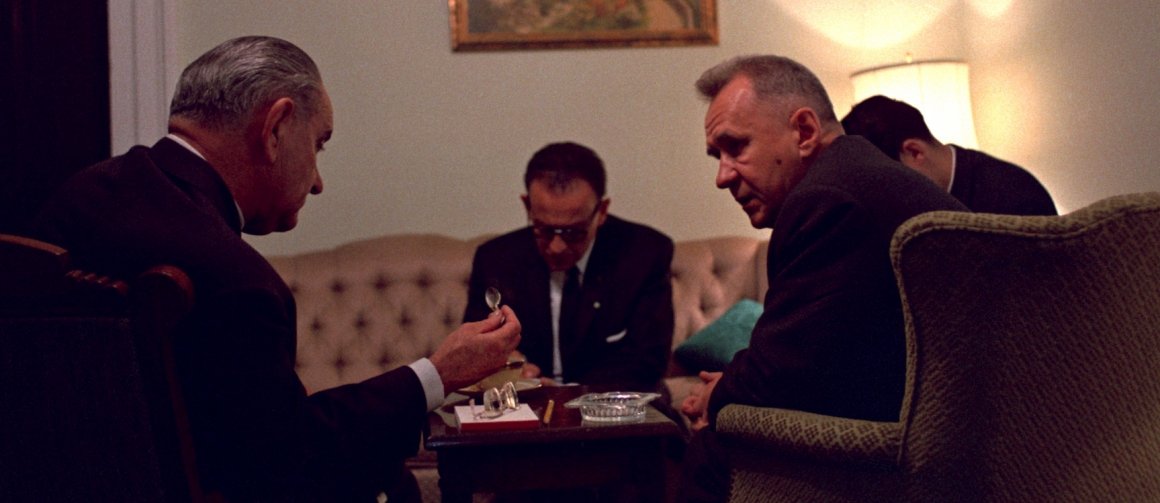The Summit History
The Summit History
The Summit in history
Quietly, straightforwardly, the leaders of the world’s two superpowers discussed the most pressing issues threatening world peace in June of 1967. And they did so on the campus of Rowan University (then Glassboro State College).
“We’ve gone more deeply than before into a great number of the many questions before our two countries in the world,” President Lyndon B. Johnson said on Sunday, June 25, 1967 at the conclusion of his talks with Soviet Premier Alexei Kosygin at the Summit at Hollybush—some 50 years ago.
“You good people of Glassboro have done your part to help us make this a significant and historic meeting. We think that this meeting has been useful and we think it will be helpful in achieving what we all want more than anything else in the world—peace for all humankind.”
During the discussions, Johnson and Kosygin met for nearly 10 hours in the library of Hollybush, the 19th century building that was the home of Glassboro State President Thomas E. Robinson and his family. Their talks centered on their opposing views of the Arab-Israeli Six-Day War, as well as the nuclear arms race and escalating conflicts in Southeast Asia.
While no new agreements were reached—“New agreements are not always reached in a single conversation,” Johnson cautioned at the time—the talks helped temper Cold War tensions between the two super powers.
“We may have differences and difficulties ahead, but I think they will be lessened, not increased, by our new knowledge of each other,” Johnson said, noting a “spirit of direct, face-to-face exchanges between leaders with very heavy responsibilities.”
The institution and the Borough of Glassboro had just 16 hours to prepare for the Summit. In record time, Hollybush was transformed from a residence into a suitable meeting place for the world leaders and the borough hosted thousands of visitors who lined the streets to witness history.
Glassboro State was suggested as the site of the Summit by then-New Jersey Governor Richard Hughes. Kosygin, who was in the United States for the first time speaking at the United Nations, did not want to travel to Washington, D.C. Johnson did not want to meet in New York City. Glassboro, a halfway point, was seen as the perfect alternative.
In addition to Johnson and Kosygin, some of the most powerful statesmen in the world attended the summit. Among them: Foreign Minister Andrei A. Gromyko, Ambassador Anatoly Dobrynin, Secretary of State Dean Rusk, Secretary of Defense Robert McNamara, National Security Adviser McGeorge Bundy and Ambassador at Large W. Averell Harriman.
Today, Hollybush, which houses historic artifacts from the Summit, serves as a venue for special University events.
Johnson returned to the institution on June 4, 1968, to serve as the college’s Commencement speaker. A plaque on Bunce Hall, the birthplace of the institution, pays tribute to his historic address. 1968 also was the year that the Nuclear Non-Proliferation Treaty was signed by a number of countries, including the United States and the Soviet Union.
“I shall always remember this town as a place of warm friendship and hospitable people,” Johnson said in his speech. “The world will remember Glassboro, I hope, as a place where understanding between nations was advanced by the United States and the Soviet Union. The town of Glassboro--and this wonderful college campus--will always be associated with the goal of leaving this world a little more orderly than we found it.”
